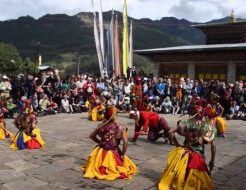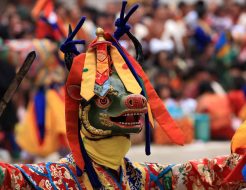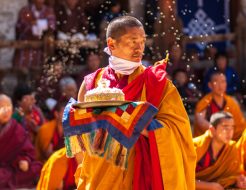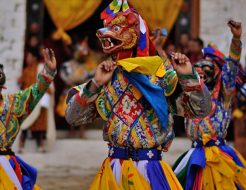Book a Tour

Bhutan Naked Festival 2024
The Jambay Lhakhang, situated in Bumthang and en route to the Kurjie Lhakhang, is the venue for…
Start Date: 15th November 2024
End Date: 18th November 2024
Destination: Jambay Lhakhang, Choekhor, Bumthang

Bhutan Thimphu Festival Tour 2024
One of the biggest festivals in the country is the Thimphu Tshechu. This Thimphu festival tour is…
Start Date: 13th Sept 2024
End Date: 15th Sept 2024
Destination: Tashi Chhodzong, Thimphu

Punakha Festival Tshechu 2024
Punakha, situated in the western part of Bhutan, serves as the winter residence of the Je Khenpo,…
Start Date: 19th - February 2024
End Date: 21st February 2024
Destination: Punakha Dzong

Paro Bhutan Festival 2024
The Paro Festival, an annual event held every spring, stands as one of the most vibrant and…
Start Date: 21st March, 2024
End Date: 25th March, 2024
Destination: Rinpung Dzong, Paro
CONTACT US
- homeThimphu, Bhutan
- emailbookbhutantour@gmail.com
- emailinfo@bhutantouragency.com
- +975-17614054
- +975-02-340662
- +975-17614054
- rdtamang




